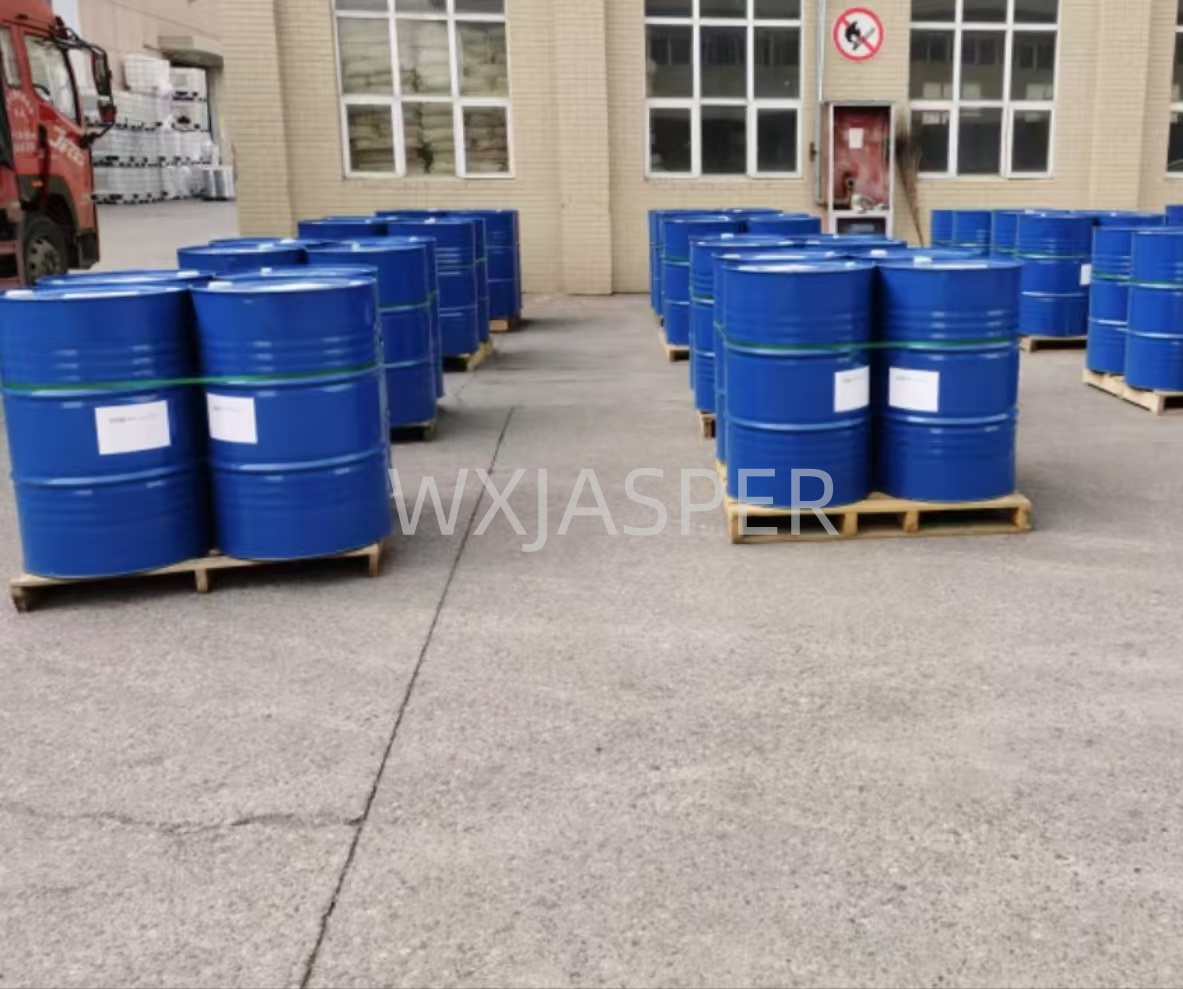Your Location:Home > Products > Solvents > Acetonitrile



CasNo: 75-05-8
MF: C2H3N
Appearance: liquid
Delivery Time: 15 days
Packing: 200kg/drum
Purity: 99%
| Property Index | Specific Parameters | Notes |
|---|---|---|
| Melting Point | -45.7℃ | Not easy to solidify at low temperatures, suitable for storage and transportation in cold regions |
| Boiling Point | 81.6℃ | Moderate boiling point, facilitating distillation recovery and reducing usage costs |
| Density | 0.786 g/cm³ (at 20℃) | Less dense than water; easily separates into layers when mixed with most organic solvents |
| Flash Point | 2℃ (closed cup) | Classified as a highly flammable liquid; strict control of ignition sources is required |
| Explosion Limit | 4.4%–16.0% (volume fraction in air) | Vapor easily forms explosive mixtures with air, posing high risks |
| Solubility | Fully miscible with water, methanol, ethanol, ether, acetone, etc.; dissolves various organic compounds (e.g., aromatic hydrocarbons, alkenes) and inorganic salts (e.g., lithium chloride, potassium bromide) | High polarity; one of the few solvents that can dissolve both organic and inorganic substances, adapting to diverse process needs |
| Chemical Stability | Stable at room temperature; may hydrolyze into acetic acid and ammonia when in contact with strong acids (e.g., concentrated sulfuric acid); decomposes easily under high temperature or with strong oxidants (e.g., potassium permanganate), releasing toxic cyanide gas | Avoid contact with strong acids and oxidants during storage and use |
Acetonitrile is classified into industrial grade, reagent grade (HPLC grade), and electronic grade based on purity and application. The key index differences are as follows:
| Grade | Purity (GC) | Water Content | Impurities (e.g., Acrylonitrile, Acetaldehyde) | Application Scenarios |
|---|---|---|---|---|
| Industrial Grade | ≥99.5% | ≤0.1% | ≤0.05% | Pesticide synthesis, general organic reactions |
| HPLC Grade (Reagent Grade) | ≥99.99% | ≤0.01% | ≤0.001% | Chromatographic analysis, precision drug synthesis |
| Electronic Grade | ≥99.999% | ≤0.001% | Metal ions ≤10 ppb | Semiconductor cleaning, lithium-ion battery electrolytes |